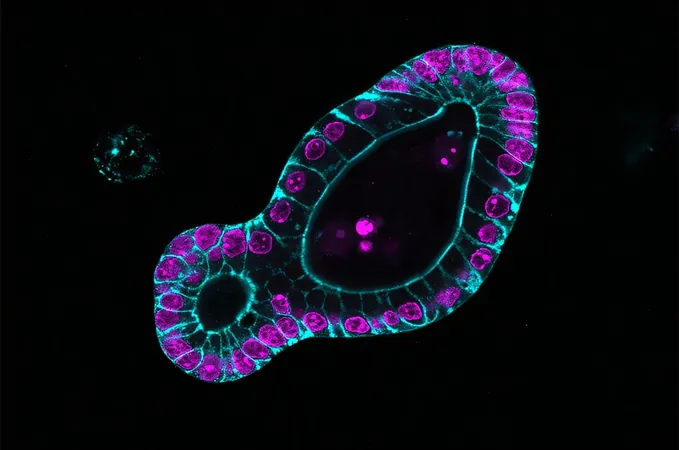
Groundbreaking Deal between CEPI and AstraZeneca to Develop Novel Antibody for Pandemic Flu
2025-03-20
Author: Sarah
In an exciting development for global health security, the Coalition for Epidemic Preparedness Innovations (CEPI) announced a significant partnership with pharmaceutical powerhouse AstraZeneca. This collaboration, valued at $43.5 million, aims to propel the development of a pioneering antibody that could revolutionize the treatment landscape for pandemic influenza.
What Makes VHH Antibodies Unique?
CEPI highlights that VHH antibodies, derived from unique sources like llamas, camels, and certain shark species, possess distinctive attributes that set them apart from traditional antibodies. Notably, these antibodies do not require a light chain to effectively combat viral infections, which could lead to more efficient production processes and lower costs.
Richard Hatchett, MD, CEO of CEPI, emphasized the potential of VHH antibodies as “highly potent medical countermeasures” capable of providing immediate protection against viral diseases. He pointed out that while monoclonal antibodies have shown great promise, their high production costs can restrict accessibility and limit their use during urgent health crises.
A New Hope in Pandemic Preparedness
This investment represents an unprecedented focus on VHH antibodies regarding pandemic flu protection, with potential implications that extend beyond influenza to chronic diseases like cancer, where this technology is already under investigation. CEPI asserts that in the event of a pandemic outbreak, VHH antibodies could serve as an immediate stopgap solution before vaccines are rolled out to the public.
As the world grapples with the growing threat of emerging infectious diseases, this strategic alliance between CEPI and AstraZeneca could mark a pivotal moment in enhancing pandemic preparedness and response. With innovative technologies like VHH antibodies, the medical community may be one step closer to ensuring effective and accessible treatments during public health emergencies.
Stay tuned as we continue to follow this groundbreaking project and its potential to reshape our approach to epidemic response!



 Brasil (PT)
Brasil (PT)
 Canada (EN)
Canada (EN)
 Chile (ES)
Chile (ES)
 Česko (CS)
Česko (CS)
 대한민국 (KO)
대한민국 (KO)
 España (ES)
España (ES)
 France (FR)
France (FR)
 Hong Kong (EN)
Hong Kong (EN)
 Italia (IT)
Italia (IT)
 日本 (JA)
日本 (JA)
 Magyarország (HU)
Magyarország (HU)
 Norge (NO)
Norge (NO)
 Polska (PL)
Polska (PL)
 Schweiz (DE)
Schweiz (DE)
 Singapore (EN)
Singapore (EN)
 Sverige (SV)
Sverige (SV)
 Suomi (FI)
Suomi (FI)
 Türkiye (TR)
Türkiye (TR)
 الإمارات العربية المتحدة (AR)
الإمارات العربية المتحدة (AR)